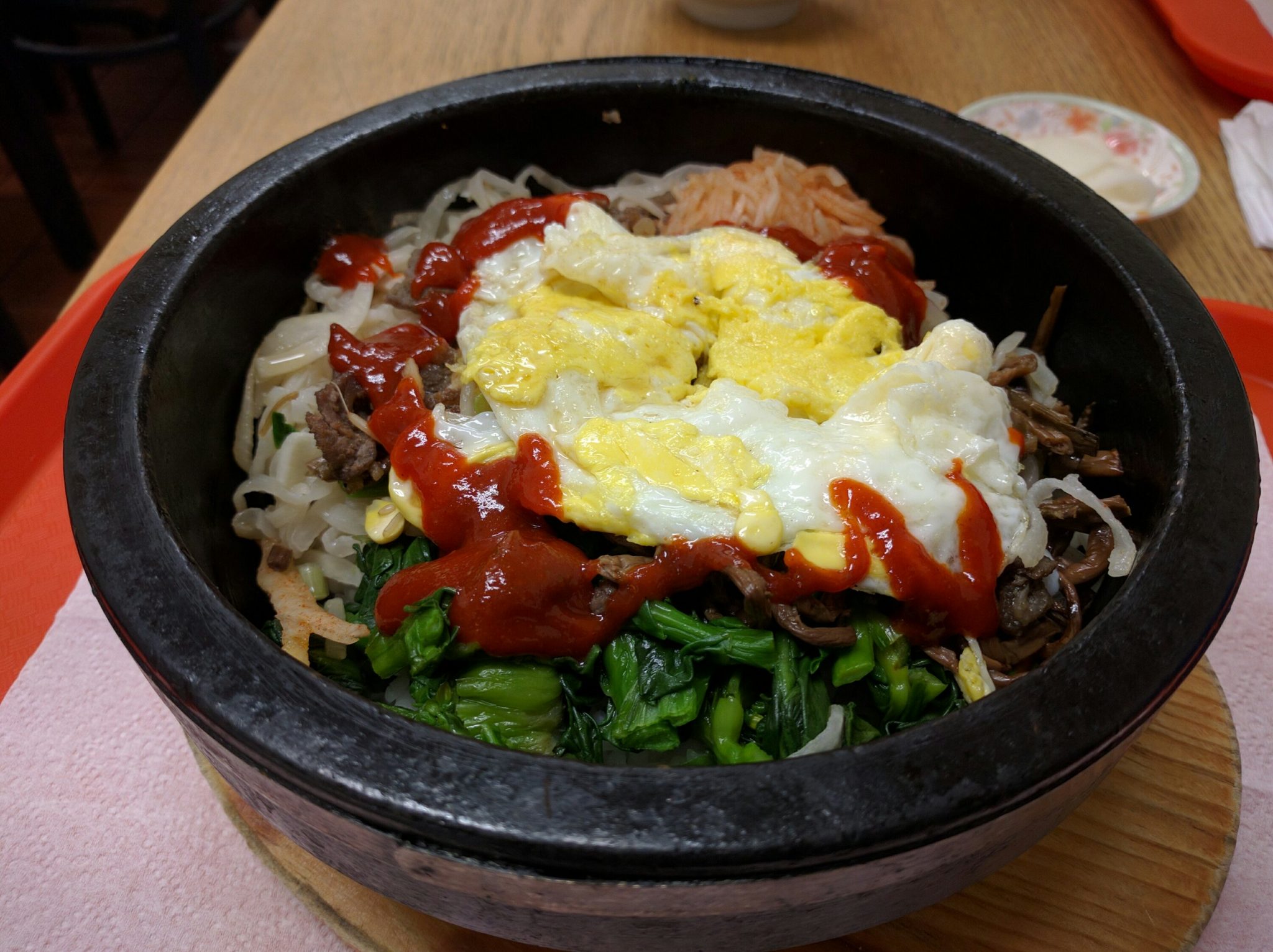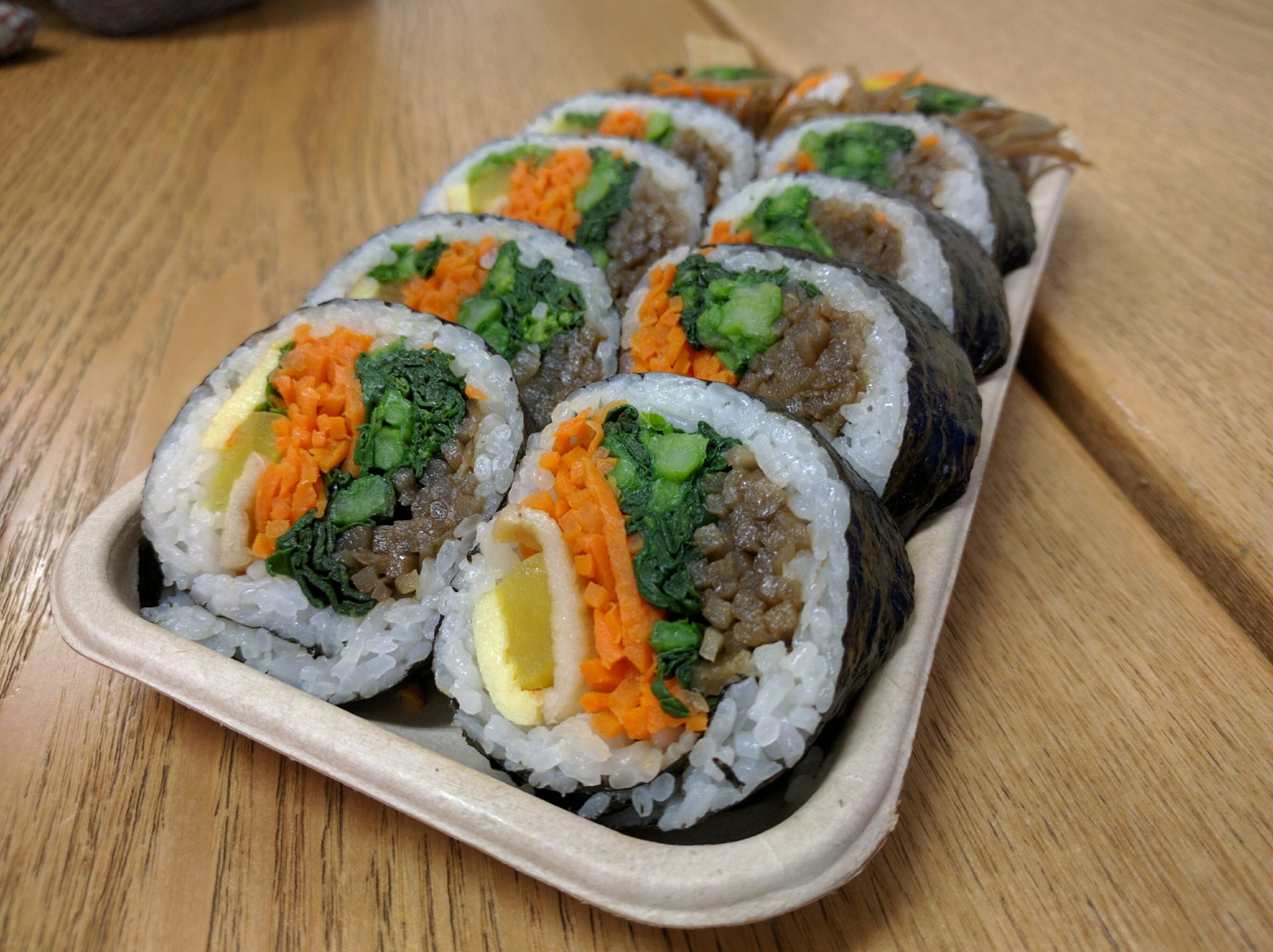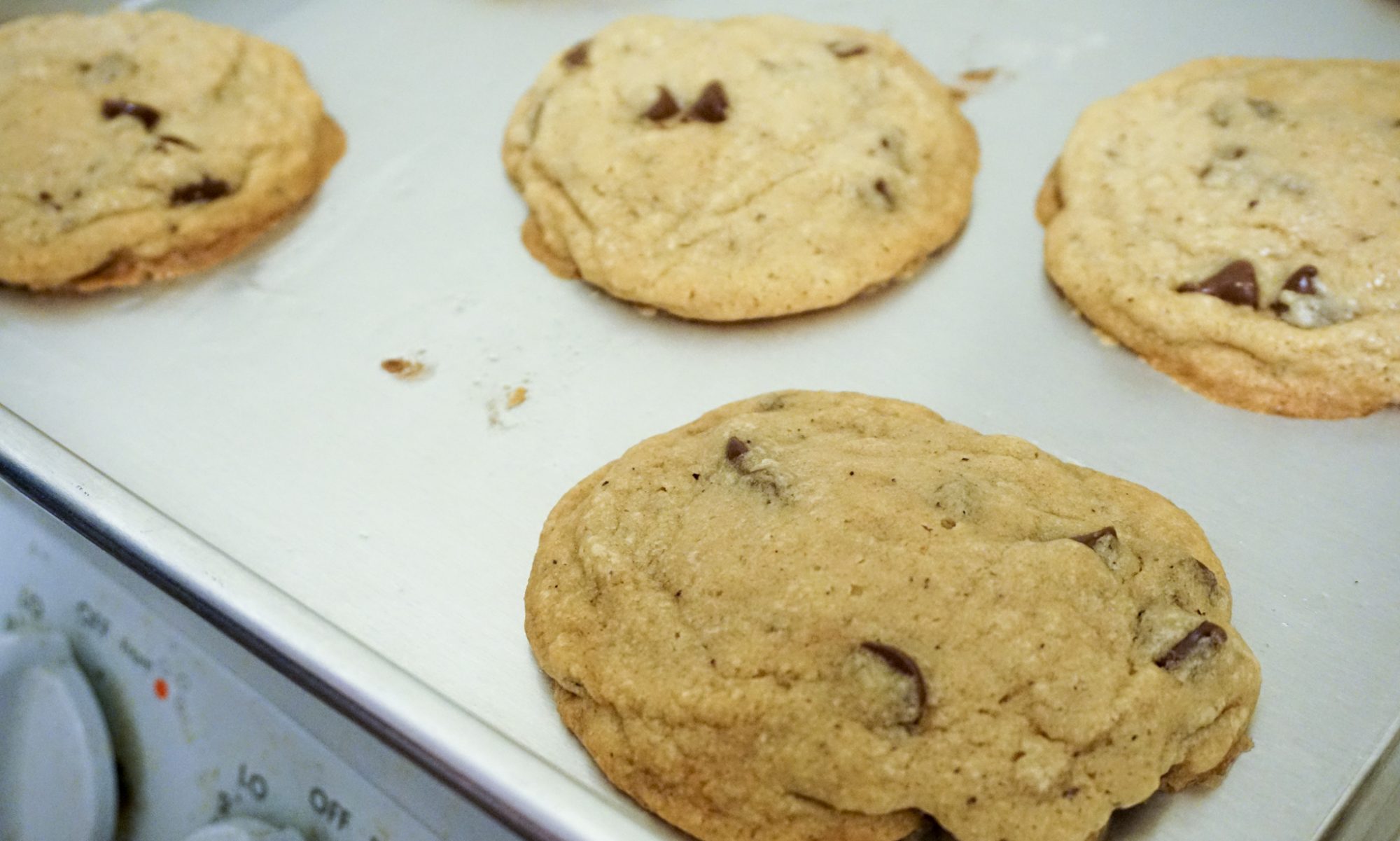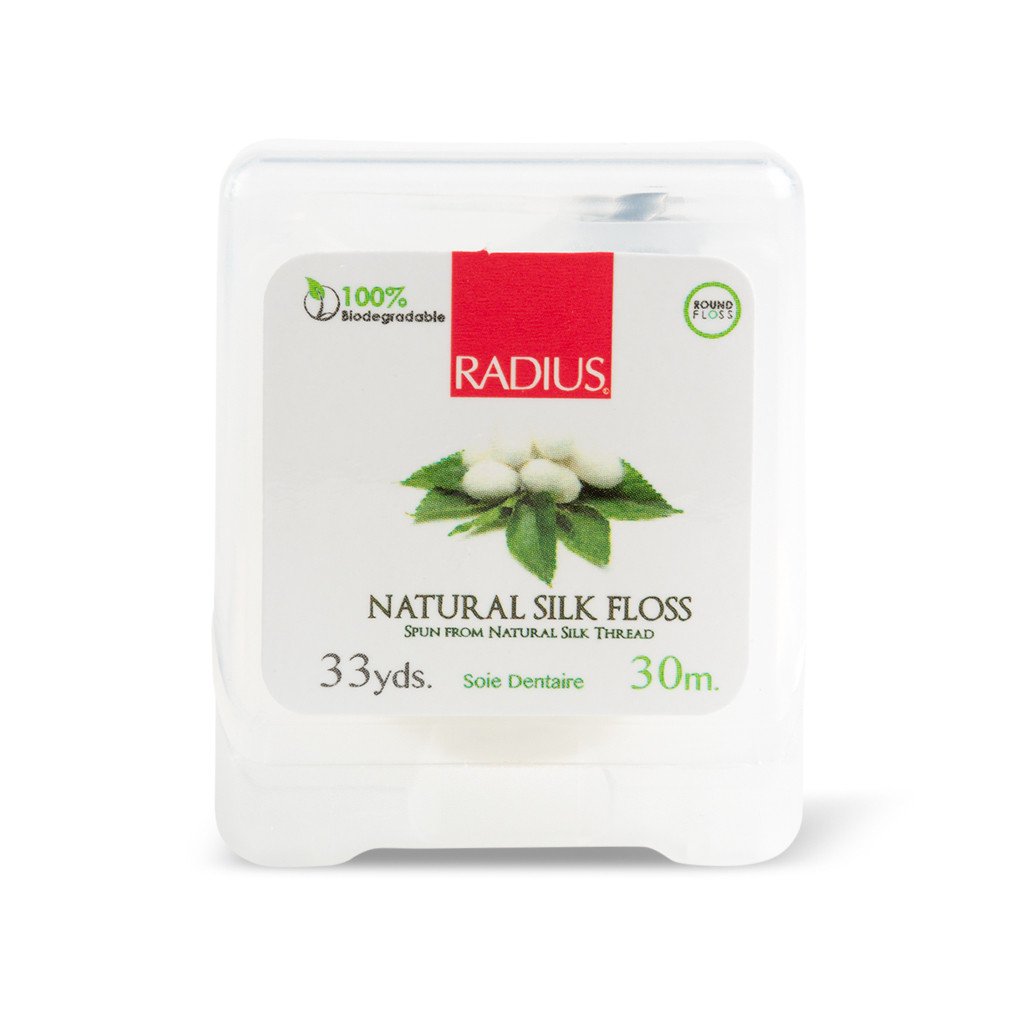We went to Hankook Korean Supermarket to get gochujang supplies, and had lunch there too. The supermarket is not as big as the H-Mart of my childhood, but it’s pretty good. Would recommend.



Food, sustainablity, and some other stuff
We went to Hankook Korean Supermarket to get gochujang supplies, and had lunch there too. The supermarket is not as big as the H-Mart of my childhood, but it’s pretty good. Would recommend.


There aren’t a lot of gochujang recipes online (in English). They don’t explain what you’re doing and why you’re doing it, so it’s hard to tell if it’s working. Because gochujang takes several months to ferment, I wanted to be extra sure that it would work. So I combined three different recipes with some advice from the beer-brewing community. Of course I started with Maangchi’s recipe, but I also consulted this video and Eating Korean. I’ll give you the recipe I ended up using, with some explanation at the end of what we’re doing.
J and I recently ran out of gochujang, a spicy fermented red pepper paste ubiquitous in Korean cooking. Since I’ve been trying more than usual to not buy things in plastic packaging, I was hesitant to buy a new container. (Although Wholly Jang offers gochujang and other products in glass, the company is currently on hiatus as they move to a different facility.) Fortunately, I discovered that you can make your own at home with just a few ingredients!!
Now that I’ve worked the kinks out of my mom’s bun recipe (the first version she sent had a few typos in it…), I can share it with you! These buns are delicious– slightly sweet, moist, fluffy. Even when I substitute a ton of the ingredients, they still turn out completely fine!
1 1/8 tsp yeast
3/4 cup water
1/3 cup sugar
1/4 tsp salt
1/3 cup butter, softened (1/4 cup butter can be used for lower fat)
1 egg
1/2 cup mashed potatoes
1/2 cup rolled oats
3 1/2 cup bread flour (Start with 3 cups. Reserve 1/2 cup for adjusting the texture of the dough.) Continue reading “My mom’s potato bun recipe!! Delicious!”
I’ve recently been using The Korean Table, a Korean cookbook by Taekyung Chung and Debra Samuels. This book is okay, but there are surely much much better Korean cookbooks out there. (Have you seen Maangchi’s website?) Overall, the book is well laid out and has pretty pictures, but it substitutes ingredients too much. Continue reading “The Korean Table book review”
This simple recipe is from The Korean Table by Taekyung Chung and Debra Samuels. J posted pictures.
2 cups (350 g) corn kernels
1 Tbs miso
3/4 cup (100 g) flour
1/2 cup (125 g) water
1/4 tsp salt
Mix. Fry in oil ~3 min on each side. Serve with dipping sauce of choice.
We added some kimchi (~40 g) and some finely chopped leftover pork ( ~20 g), and ate it with mayonnaise and tempura dipping sauce. The fritters were pretty good! Surprisingly sweet because of the sweet corn, but a pleasant change from eating it on the cob.
As a followup to my Low-waste dental hygiene post, I’ll tell you which options I’ve chosen and what I plan to change in the future.

This topic is kind of complicated, because there are no obvious best answers. And you don’t wanna skimp on your teeth – like with health, prevention is a lot cheaper and a lot more effective than treatment. But I’ll give you all the information I have! Continue reading “Low-waste dental hygiene”